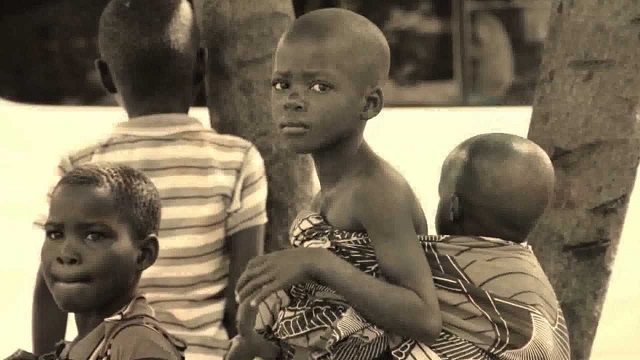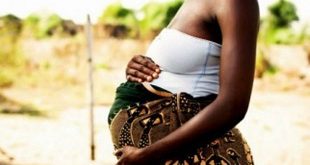
Kampala, Uganda | THE INDEPENDENT | Between 2014 and 2018, an average of one migrant child was reported dead or missing.
This is according to the International Organization for Migration (IOM)’s Global Migration Data Analysis Center. The Director Frank Laczko says this is just a small percentage as most of incidents involving death or disappearance of these children go unrecorded.
Laczko noted this as a coalition of international organizations launched an alliance to collect such data naming it the International Data Alliance on Children on the Move. The Alliance led by UNICEF (United Nations Children’s Fund), IOM, UNHCR (United Nations High Commissioner for Refugees) and OECD (Organisation for Economic Co-operation and Development) noted in a statement released on Tuesday that widespread lack of quality data on millions of displaced and migrant children is compounding the serious risks that the children end up facing in their destinations.
“Tens of millions of children have migrated across borders or been forcibly displaced, but in so many cases, we don’t have the information needed to keep them safe,” said Mark Hereward, UNICEF Associate Director for Data and Analytics in the statement.
“If we don’t know who they are, where they’ve come from or whether they’re alone, how can we ensure they are protected and get the support they need? Improving data quality, availability and analysis is essential to properly identifying and reaching these children.
Members of the Alliance who met in New York agreed to in the next two years urge and support countries to strengthen their capacities to collect, analyse and use data on migrant and refugee children, produce an annual flagship report with data on migrant and refugee children to monitor global progress in improving data and highlight key knowledge gaps.
They noted that they will be holding an annual meant to facilitate exchange of local, national, regional and international good practices on data collection, analysis and dissemination to support data initiatives between and within countries.
They all agreed that collection of data is the only way they will be able to show the extent of the challenges that children on the move face and their vulnerabilities.
*****
URN
 The Independent Uganda: You get the Truth we Pay the Price
The Independent Uganda: You get the Truth we Pay the Price



